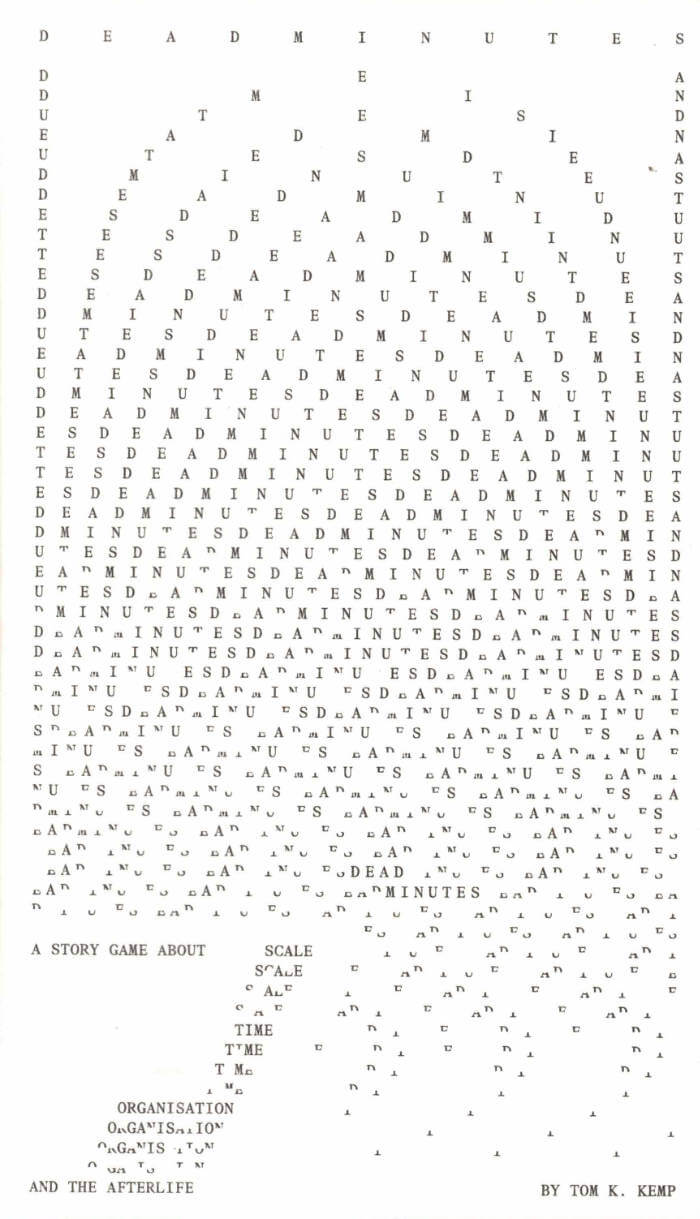
A is for Anarchist
A sardonic spin on the ABC book, A is for Anarchist is a sharp knife in a drawer full of safety scissors.
Wryly written by critically acclaimed rapper billy woods and sublimely illustrated by artist m. musgrove, A is for Anarchist upends the traditional ABC format with earnestness that belies its irreverence. Anarchist takes modest ideas, like E is for Energy and G is for Ghosts, and flips them into incisive commentary on modern life and the state of the world. Also, it has to be the only alphabet book with annotated footnotes and a Nas reference.
woods is a writer, rapper, and father who needed somethingcool to read to his children. The child of a Jamaican intellectual and a Zimbabwean revolutionary, woods's childhood spent between the U.S., Africa, and the West Indies leaves its imprint on all his work. musgrove is a Brooklyn-based painter, illustrator, and amateur animator. She is inspired by Wimmen's Comix, William Morris, and tumult.
Language: English




